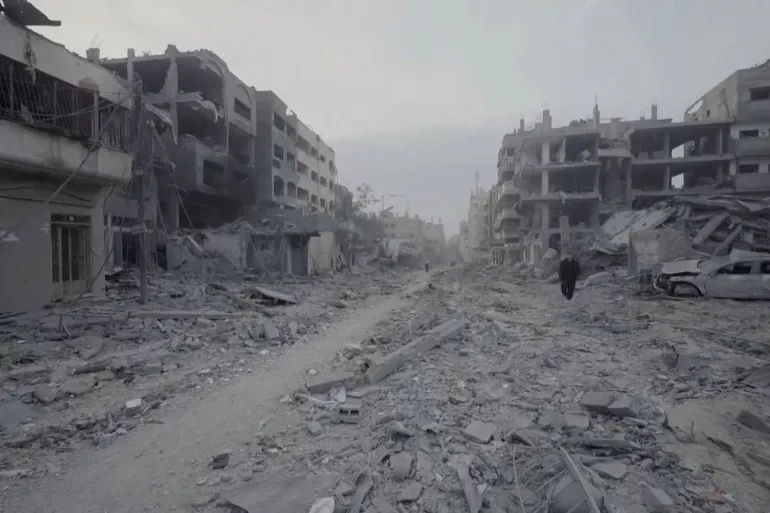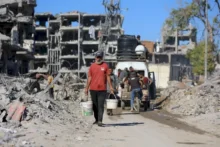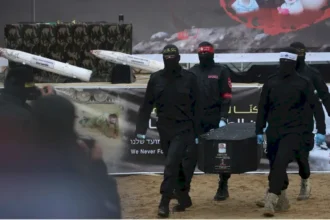After the Sharm el-Sheikh agreement, what is the second phase of Trump’s peace plan?
شبكة الخامسة للأنباء - غزة

Sharm el-Sheikh, Egypt — On Monday evening the Egyptian resort city witnessed a historic event with the signing of a comprehensive peace agreement to end the war in Gaza, attended by Egyptian President Abdel Fattah el-Sisi, U.S. President Donald Trump, Qatar’s Emir Sheikh Tamim bin Hamad Al Thani and Turkish President Recep Tayyip Erdogan, alongside representatives from 30 countries and international and regional organisations.
The signing ceremony took place at the Sharm el-Sheikh Summit for Peace, convened to celebrate the end of the war in Gaza and to launch a new political track aimed at consolidating regional stability. In remarks after the signing, President Trump said, “This document is historic because it achieves what the world once saw as impossible: peace in the Middle East.”
With the agreement signed, attention now turns to the second phase of Trump’s peace plan, which focuses on consolidating the ceasefire and preparing conditions for the reconstruction of the Strip. That phase includes the disarmament of Hamas’s offensive capabilities, including tunnels and military installations, and a full withdrawal of Israeli forces from Gaza under agreed security arrangements.
The plan also calls for the deployment of an international stabilization force including the United States and a number of Arab and European countries to carry out security duties and train a local Palestinian police force, alongside reforms of civil governance institutions to ensure a stable and neutral administration of the Strip.
Steps also include a conditional amnesty offer for members and leaders of Hamas in exchange for abandoning armed activity, with the possibility of leaving the Strip, and the formation of an internationally supervised Palestinian technocratic council to manage day-to-day services during the transitional period.
These measures aim to consolidate calm on the ground and create a secure environment to enable large-scale reconstruction, and to launch a new political process toward long-term stability in Gaza and the wider region.






